Soul Food Isn't Fast Food. It Took A Village To Save A Local Barbecue
Good barbecue takes time and patience, and so did building a community that was worth staying around for as well.
Atascadero. It’s one of those small California cities that just seems to sit quietly on the map, minding its own business. Sneeze as you are driving by, and you might miss it. Established in 1913, the city almost felt like a mirage on the long stretch of the historic Highway 101. It’s a city that sat just north of Los Angeles and felt like a forgotten relic of the golden age of California road trips. Those days of full service gas stations, the roads filled with ’57 Chevy’s and other classic cars in every shade imaginable, ready for adventure. It was a place that didn’t scream for attention and didn’t need to stand out. Instead, it gently whispered its charm to those motorists who were willing to stop and take a moment to stretch their legs. Next time you are driving through, passing by on the way south to Los Angeles, or north to Paso Robles, stop in and spend a little time here. You might just might fall in love with this marvelous California beauty where time didn’t stop, but instead, seemed to have paused, rested, and stretched its proverbial legs. This historic town, whose name translated to “mire” or “bog” in Spanish and also meant “to become stuck or hindered" had a rich history that stretched back to its days as a utopian colony envisioned by Edward Gardner Lewis. Today, it’s a blend of small-town charm and resilience, where the past and present collided in ways that only added to its cozy appeal.
This town was situated inland and experienced sun-drenched summers and cool winters. Atascadero was always caught between small town California charm and the modern hustle of life along California's central coast. But sometimes, being stuck isn't always such a bad thing. Being stuck can force you to sit still, to stay in place and to really pay attention to the details. As I was driving north to Paso Robles, I had a chance to stop here as well. To take a pause and stretch my legs after the parking lot experience of driving through Los Angeles on the 101 North. That area of highway was always a mind numbing bumper to bumper traffic experience. I crawled along in my electric vehicle for miles and miles and miles and mile at a whopping speed of five miles per hour. While hyper-driving is amazing for distance and milage, it is a stab to the brain with a long metallic pic of boredom, frustration and endless exhales of exhaustion, as you crawl along, endlessly with no relief of speed in sight.
But there was also the chance of small town reprieve. Stopping in Atascadero gave me a chance to notice places like Chef Gregory’s Barbecue Smokehouse Emporium. Chef Gregory’s spot was tucked away on El Camino Real, across from the Sunken Gardens—a historic centerpiece of this city. El Camino Real was California's "Royal Road" which ran north and south, connecting missions from San Diego to Sonoma. Driving to Paso Robles was normally a four to five hour commitment from San Diego, but the endless traffic really managed to do a number on me. I decided to make a short pitstop, mostly due to the fact that I skipped breakfast. And, it gave me the opportunity to grab a bite to eat on my way up the California Coast to wine country. As I stared around at a plethora of cholesterol promoting options, I zeroed in on Chef Gregory’s Barbecue Smokehouse Emporium. Through a mind-numbing blur of fast food and gas station plastic pizza options, Chef Gregory’s stood out like a beacon of smoky goodness amidst the dust and chaos of the downtown construction.
I parked my car and followed my nose as the aroma of cooked meat led me forward. The Emporium was a modest building, easy to miss if you’re not looking for it. But step inside, and you were instantly greeted by the unmistakable fragrance of smoked meats and a sense of community that felt increasingly rare in today’s world. Chef Gregory Kalatsky was often found behind the counter, his hands stained with barbecue sauce and his face always carrying the kind of smile that only came from doing what you loved every single day. He was a chef, a storyteller, and every dish he served was part of his history and deep rooted narrative. Standing in line for my order, the smell of hickory and mesquite hit me from every angle, ever present, hanging in the air even before I walked through the front door. Inside the restaurant, the vibe was unpretentious. The place felt like a labor of love and a menu that read like an ode to Southern barbecue, but with a California twist.
I placed my order and had a chance to chat with Chef Gregory briefly while I waited. He motioned for me to take a seat and followed me as we continued our conversation. The more we spoke, the clearer it became that his restaurant wasn’t just another barbecue joint on the long stretch of California highway. This place was an extension of his soul. As I was wine tasting later in the day, I decided to order a few items to tide me over, to ensure that the winery hopping would allow me to stay somewhat sober while I enjoyed a midday tromp through Paso Robles wine country. My server brought out an order of the Baby Back Ribs, glistening with a lacquered glaze that smelled as intoxicating as it looked, promising that tart sweetness and heat that only a master of the grill could deliver. The ribs were slathered with a glaze that was applied with a simple yet elegant perfection, covered with a tangy-sweet sauce that clung to the meat like it had been born there to begin with. The ribs came with a side of beans that were smoky enough to stand as a meal on their own, and coleslaw that was unapologetically tangy. I also ordered another masterpiece thinking that I could take some of this to-go if I was not able to finish it all; smoked pork belly paired with Chef Gregory’s signature buttermilk cornbread. One word of warning for those that choose to order this option, if you don’t enjoy spicy food, then this cornbread was not for you. This golden baked beauty was studded with green chilis for just the right kick that kept that slow heat burning through every bite of my meal.
I wasted no time digging into my plate. Chef Gregory watched and smiled as I took that first bite of his ribs that nearly made my eyes roll backwards. “Normally,” I said, “most barbecue places with ribs this good would be sold out by this time.” Chef Gregory nodded and opened up about the challenges that he was facing. As it turned out, the construction project outside his building was part of an $12 million initiative to revitalize El Camino Real. This brilliant revitalization had sadly been both a blessing and a curse. The city had broken ground on road improvements along El Camino Real months ago, and while progress was good in theory, it was hell both on small businesses and locals alike. “They’re tearing up the street to make it better,” he said. “I get it. There are going to be newly potted trees, pendant lights, and more than 100 parking spots. The whole project is a great improvement for the area and will reduce commuter speeds, improve visibility, and increase safety for cyclists and pedestrians. But man, businesses like mine just can’t survive on fifty-some-odd dollars a day. And definitely not this business. Not when I’m smoking meat for 12 hours straight.”
In a bid to improve the local area, the city’s construction had ironically turned his once-busy street into a maze of orange cones and detours, and had the opposite effect on local businesses. Locals and commuters were scared off and tried to avoid the area at all costs. Would-be customers who didn’t have the patience to navigate the chaos avoided the area. The stress on the business was brutal. Chef Gregory’s frustration was not only understandable, but it was palpable. However, his resilience was also a force to be reckoned with. When the foot traffic dwindled to almost nothing. When the steady flow of customers completely dried up, he turned to social media as a last resort. In a heartfelt plea on the Atascadero Facebook group, Chef Gregory appealed to locals in the area and rallied the community around him as he asked locals to support their neighborhood barbecue joint before it was too late. The response was overwhelming. Locals showed up in droves. It was one of those amazing circumstances where people supported one another, not just for the food, but to prop up one of their own. They showed up to support Chef Gregory’s resilience, creativity, and an unyielding commitment to his craft. Regulars started showing up more often. Slowly, there was a familiar and steady flow of traffic. New customers came out of curiosity but stayed for the food. “It took a village, and then some,” he said, smiling. “This town rallied around me,” he said, his voice tinged with gratitude. “They didn’t have to do that.” He recounted how locals would even park blocks away just to support him, and to make sure that a local gem like this would be around after the dust and debris cleared from the year-long construction.
Gregory’s story was as layered as his barbecue sauce. While he was raised in Southern California, his culinary style was actually deeply rooted in Tennessee traditions, where his family legacy could be traced back to the 1800s. His recipes were a testament to that southern ethos. As I mentioned before, Chef Gregory was a storyteller. Each dish he crafted was a narrative of flavors, textures, and memories that were a story on a plate. Stories that he enjoyed telling over and over again. Stories that his customers would experience and would be reminded of their own childhood as they ate. From his house-made rubs to his inventive sides, there was an unmistakable Southern soul in everything Chef Gregory did.
In an odd twist, Chef Gregory even earned himself a reputation as something of a culinary mad scientist—a title he wore proudly. “I’ve been called the Willy Wonka of barbecue,” he laughed. “But honestly? I’m just doing what I love.” he said with a grin. Despite the challenges, Chef Gregory remained optimistic about the future. The construction on El Camino Real was nearing completion, scheduled to be done by the summer, and business was picking up again organically thanks to the unwavering support of his community. “Atascadero was special,” he said. “People here looked out for each other.”
I finished part of my meal, knowing that my eyes were probably bigger than my stomach when I ordered it. But, that was what takeaway boxes were for. And, I was already thinking about what wine would pair best with the pork belly that I was taking with me. Chef Gregory’s story was emblematic of the city Atascadero itself. It was resilient. It was rooted in tradition. But, it was not afraid to evolve. By the time I finished eating and was packing up to go, I felt like I’d known Chef Gregory for years. He was one of those rare people who could make you feel at home instantly, whether through his food or his stories. I thanked him profusely for his incredible food and his generous hospitality, shook hands with him firmly, and turned to walk out into the dusty chaos of El Camino Real.
I placed the pork belly on my passenger seat and inhaled deeply. My car would smell like intoxicating barbecue for the better part of seventeen miles until I reached Paso Robles proper. Honestly, the torture was worth it. Atascadero was a tiny stop along Highway 101. This city, while small, had a heart the size of Los Angeles. It was the people like Chef Gregory who constantly reminded us why small towns like this still mattered in an increasingly homogenized world. In an era where chain restaurants dominated every highway exit, Chef Gregory’s Barbecue Smokehouse Emporium stood as a reminder of what made small-town America special, unique and simply sublime. It was that authenticity. That amazing grit. It was that unwavering sense of community that permeated through the streets here.
Chef Gregory’s simple Facebook post was an amazing example of how food has this incredible and lasting ability to bring people together. It rallied the residents of Atascadero around something bigger than themselves. If you ever happen to find yourselves cruising down Highway 101 with an appetite for authenticity, stop here and grab some barbecue, trust me. The food and the people here are deeply authentic. Just make sure you’re hungry. Because Chef Gregory’s menu isn’t fast food, it’s soul food. It the kind of meal that just sticks with you long after you’ve left the table. Just like Chef Gregory said, “Barbecue wasn’t just food; it was history.” Good barbecue takes time and patience, and so did building a community that was worth staying around for as well.

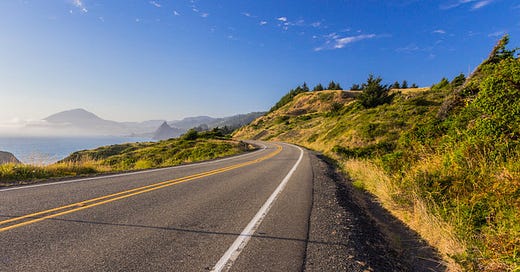



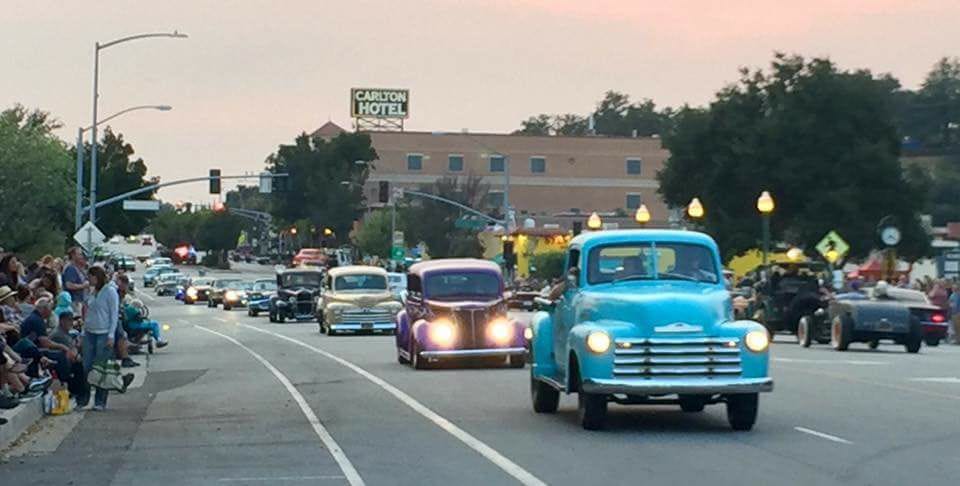
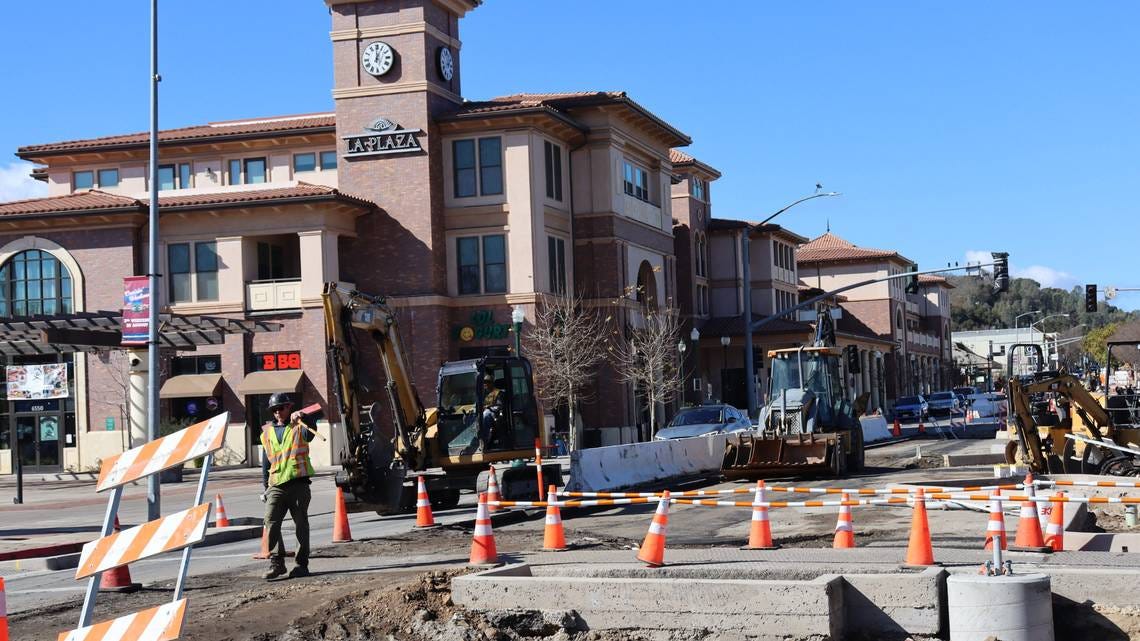
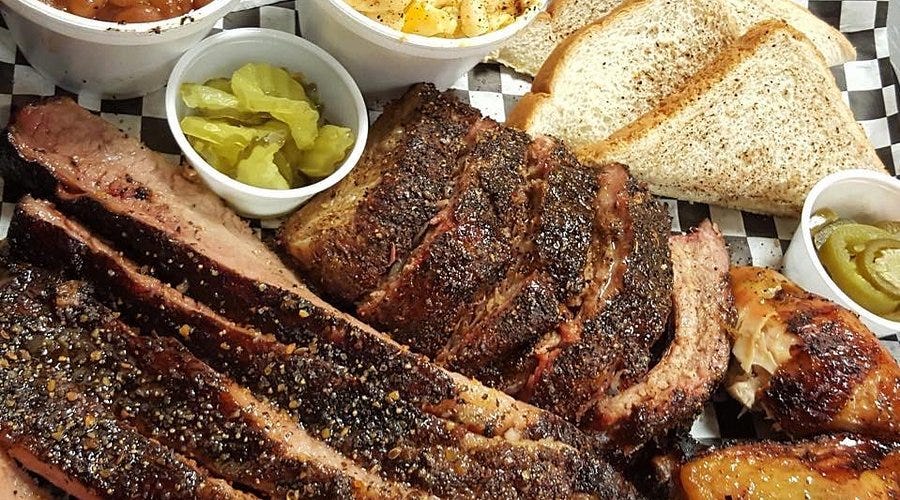
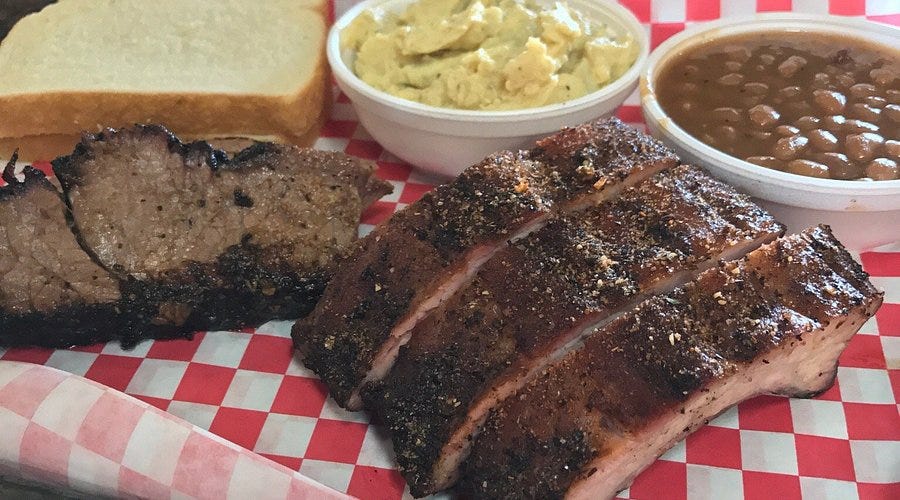

Beautiful essay